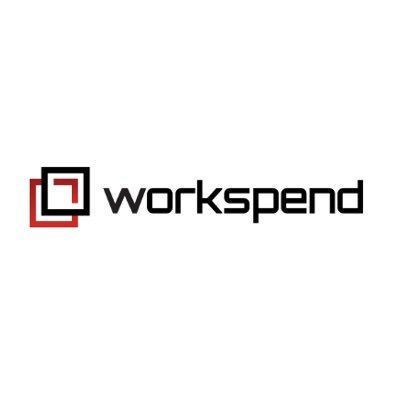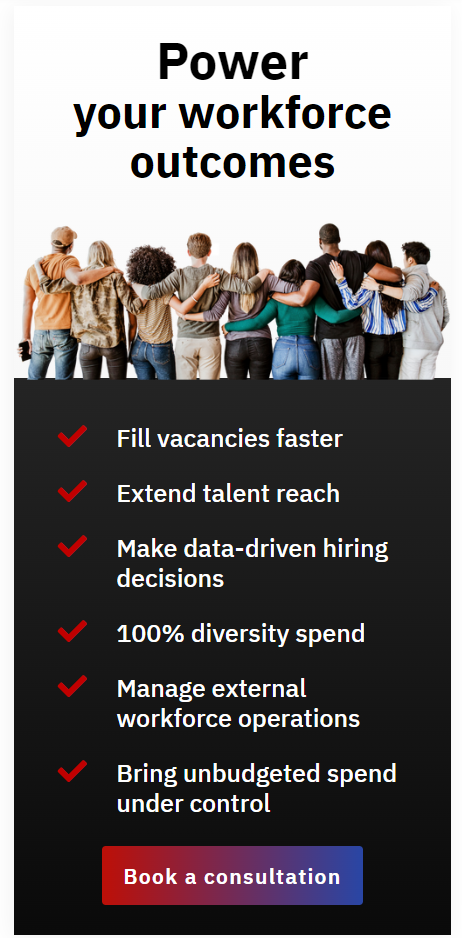In the Contingent Workforce Management (CWM) discipline, the established role of a Managed Service Provider (MSP) partner is to bring cost control, governance, and organization to programs. In a typical scenario, organizations will expect an MSP to provide oversight over indirect talent sourcing supply-chains, and deploy technology, in the form of a Vendor Management System (VMS) to streamline operations within the business.
Of late, we’ve received significant industry feedback from customers regarding poor customer service they’ve received from their MSPs—sometimes it is the most basic of service elements such as not returning calls. So, what’s going wrong, and how can you avoid the trap of contracting into an undesirable MSP relationship?
Bad MSP customer service is not a victimless crime
“We’ll call you back.” Sometimes, it’s the simplest of things that are the most disappointing for customers when it comes to customer service. Not getting calls returned, or not being able to get to speak to someone in the first place. Finding out that promissory dates elapse without so much as an email. Habitual late arrivals to meetings, etc.
But these ‘irritations’ could be seen as just that. Isn’t this the case then that customer service is just an irritation, not a big issue when it comes to the financial outcomes of running a contingent workforce management program?
Daniel Rothberg, President of Workspend disagrees.
“We know from the feedback of our clients when we inherit a poor performing MSP program that the quality of customer service has a direct influence on program outcomes. When hiring managers and program execs receive a lowly customer service experience, it’s then that the walls start building between the provider and the client; often too between the provider and the suppliers. When the trust goes out of an MSP relationship, it’s almost guaranteed that performance will drop.”
The hidden contractual gap
As Rothberg explains, it’s not easy to make sure excellent customer service is a given by tying it up neatly into contractual terms.
“Chiefly, the problem buyers face is that MSPs will generally stipulate levels of performance in Service Level Agreements that set a low bar on performance. Even when buyers do tie down specific performance criteria, the softer side of customer service is difficult to put a gauge on that’s easily measured. There’s always a gap between what you can measure in a contracted SLA and the level of experience most customers want to enjoy.”
Asked what should buyers to do reinforce the right kind of customer service behaviors, Rothberg says,
“I think we’d all like to think that customer experience should be a given, but in my experience, you have to reinforce it through internal training to strengthen day-to-day behaviors around your brand promises. In the case of Workspend, we’ve implemented a strong induction program that includes modules on customer experience and communications etiquette. In this way, we have our own people set the bar on what’s acceptable when it comes to rudimentary standards of performance, such as returning calls and responding to requests. Your team has to buy-in to the levels and the spirit of the performance outlined in the Service Level Agreement.”
Workspend Program Director, Beth Boegershausen, has some straightforward advice for prospective clients.
“In my mind it comes down more to personalities. If the people you’re meeting from the MSP are not demonstrating the customer experience traits you’d expect to see two or three years into a contract, then the simple answer is not to sign on the dotted line.”
How to ensure high quality customer experience is baked into contracts
Regardless of when you think a white-glove customer experience is a desirable aspiration or a necessity in your MSP partnering agreement, it’s likely as a buyer, you’re going to want to make sure it’s as good as it can be. So how do you do that?
We spoke to our program management team to get their take on the most important things to cover. Here are our top 3 suggestions:
- Check that your SLA terms not only cover core program metrics but also cover those day-to-day things that, if done badly, erode trust.
2. Qualify what your prospective provider does to reinforce the level of customer service experience you’d want to see (why not ask to see the training materials they use for internal training?).
3. Ask to meet the program manager that will be running your program (or, if one has not been appointed, some of the other program managers that work for your prospective supplier). This will help you to get a sense of the sort of personalities you’re dealing with.
ABOUT THE AUTHOR

Ian Tomlin is a management consultant and writer on the subject of enterprise computing and organizational design. He serves on the Workspend Management Team. Ian has written several books on the subject of digital transformation, cloud computing, social operating systems, codeless applications development, business intelligence, data science, office security, customer data platforms, vendor management systems, Managed Service Provisioning (MSP), customer experience, and organizational design. He can be reached via LinkedIn or Twitter.
FURTHER READING
Managed Contingent Workforce: Unlocking the Power of Flexible Talent
Discover the revolutionary benefits of a managed contingent workforce. We’ll provide actionable insights, and guide you through implementation.
Contingent Workforce MSP: Leveraging Expertise for Workforce Optimization
Are you settling for mediocre workforce performance? By working with an MSP who knows the transformative potential of emerging technologies, you can elevate your program’s outcomes to new heights.
Streamlining Contingent Worker Onboarding: Accelerating Time-to-Productivity
We delve into how AI technology and automation, combined with a human-centric approach, can revolutionize the contingent worker onboarding process.





